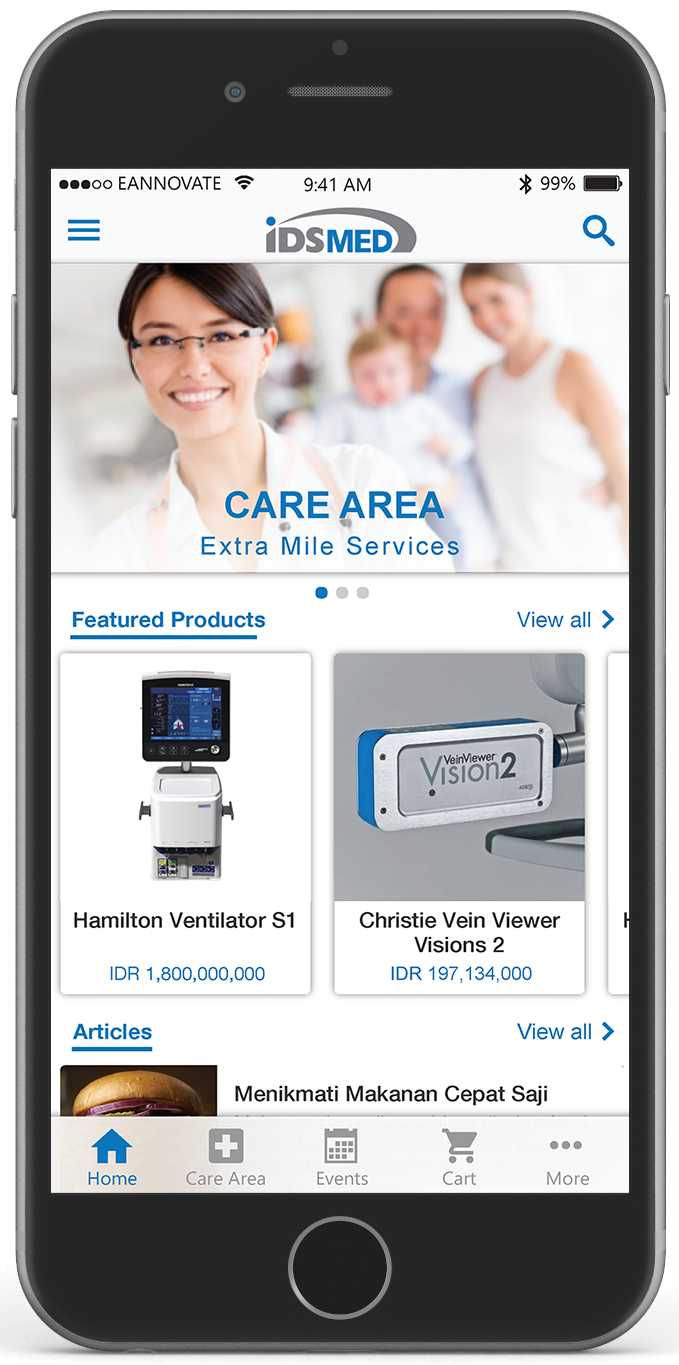World Tuberculosis Day, which falls on 24 March each year, is designed to build public awareness that tuberculosis (TB) today remains an epidemic in much of the world, causing the deaths of nearly one and half million people each year, mostly in developing countries. The date marks the day in 1882 when Dr. Robert Koch announced that he had discovered the bacterium that causes TB, which opened the way towards diagnosing and curing this disease.
The theme of World TB Day 2019 is “It’s TIME”, puts the accent on the urgency to act on the commitments made by global leaders to:
- scale up access to prevention and treatment
- build accountability
- ensure sufficient and sustainable financing including for research
- promote an end to stigma and discrimination
- promote an equitable, rights-based and people-centered TB response.
TB remains the world’s deadliest infectious killer. In 2017, up to 10 million people around the world became sick with TB disease. There were 1.3 million TB-related deaths worldwide.
TB is a disease caused by bacteria called Mycobacterium tuberculosis. The bacteria usually attack the lungs, but they can also damage other parts of the body, such as the kidney, spine, and brain. TB spreads through the air when a person with TB coughs, sneezes, or talks. If you’ve been exposed, you should go to your doctor for tests. You’re more likely to get TB if you have a weak immune system. If not treated properly, TB disease can be fatal.
Today, we are going to learn some facts related to TB and ways to prevent it.
- How does it spread?
TB bacteria are spread through the air from one person to another. The TB bacteria are put into the air when a person with TB disease of the lungs or throat coughs, speaks, or sings. People nearby may breathe in these bacteria and become infected. TB is NOT spread by shaking someone’s hand, sharing food or drink, touching bed linens or toilet seats, sharing toothbrushes, or kissing. People with TB disease are most likely to spread it to people they spend time with every day. This includes family members, friends, and coworkers or schoolmates.
- There are two TB-related conditions.
Not everyone infected with TB bacteria becomes sick. As a result, two TB-related conditions exist: latent TB infection and TB disease.
- What are the risk factors?
Some people develop TB disease soon after becoming infected (within weeks) before their immune system can fight the TB bacteria. Other people may get sick years later, when their immune system becomes weak for another reason. Overall, about 5 to 10% of infected persons who don’t receive treatment for latent TB infection will develop TB disease at some time in their lives. For persons whose immune systems are weak, especially those with HIV infection, the risk of developing TB disease is much higher than for persons with normal immune systems.
- What to do if I have been exposed to TB?
If you think you’ve been exposed to someone with TB disease, you should contact your doctor or local health department about getting a TB skin test or a special TB blood test. Be sure to tell the doctor or nurse when you spent time with the person who has TB disease.
- How do I prevent this?
In many developed countries, TB is much more common. Travelers should avoid close contact or prolonged time with known TB patients in crowded, enclosed environments (for example, clinics, hospitals, prisons, or homeless shelters).
We must continue to find and treat cases of active TB disease and also test and treat latent TB infection to prevent progression to disease. Treatment of latent TB infection is essential to controlling and eliminating TB. Our public health system and private providers play a crucial role in this effort.
It’s time for action! It’s time to end TB!
References:















